Contents
As you know, the word “buza” in Russian is a synonym for the words “nonsense”, “nonsense”, “nonsense”. Why this happened is not clear. After all, buza is a traditional drink of the Turkic peoples, the original analogue of our kvass, which is not only rather troublesome to prepare, but also tasty and very useful for the body. But another Russian word with the same root – “buzz” – already better reflects the essence of things, because under this tonic and slightly alcoholic drug one is drawn to play tricks! In general, we read the recipes and start buzzing!
Now on the Internet you can find a lot of ways to make buza at home, but these recipes mainly include yeast and refined sugar – ingredients that were hardly available to the ancient Bashkirs or Kyrgyz. Unless it was possible to capture some Ashan in a raid, and in the Middle Ages there were still not so many of them as they are now.
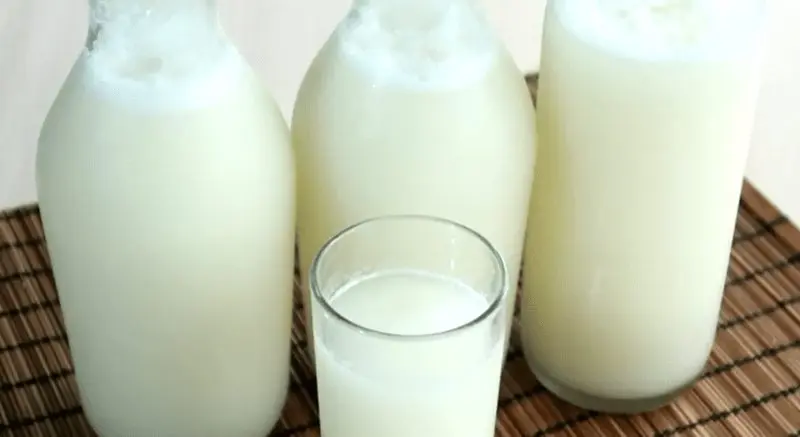
In fact, buza is originally a very low-alcohol drink, similar to Russian kvass, that is, it is a product of double, alcoholic and lactic acid fermentation (you can read about the correct yeast-free kvass in articles about bread and grain kvass). From here, the beneficial properties of bouza also follow – a beneficial effect on the intestines and stomach, help in the digestion of fatty foods, a calming and anti-stress effect – all this applies only to a drink prepared without the participation of baker’s or alcohol yeast. As soon as Saf-Levure and sugar come into play, the healing properties immediately disappear. On the other hand, invigorating and amusing properties sharply increase, which, in general, is also not bad.
Today we will consider four buza recipes at once – three of them are modern, with the use of yeast, and one is an old Turkestan one, without yeast, with saccharification of rice flour with millet malt – almost like in beer. By the way, in all recipes, yeast can be completely replaced with ordinary rye sourdough (its detailed recipe is described in the malt kvass recipe), obtaining not only a traditional, but quite authentic drink – at least using double fermentation technology. Well, let’s move on to the recipes – but first, a little theory.
Drink “Buza” – recipes, differences, history
When exactly the drink “Buza” appeared and who invented it is a mystery. Historians tend to think that the Mongols were preparing it even before the Ig, and together with the dashing slanting horsemen, the buz spread among the peoples of Central Asia – the Turkmen, Bashkirs, Kirghiz, Tatars – then “moved” to the Caucasus and the Crimea, penetrated into Turkey, where gained immense popularity. The Turks brought their drink to the Balkans and Eastern Europe, where many peoples also fell in love with it – especially the Albanians and Bulgarians. Buza is also popular in Romania, only here it is called differently – “Bragă”. Sounds familiar, doesn’t it?

Disputes about whether booze should contain alcohol or not have not subsided for more than one hundred years. How – after all, this drink is in use, first of all, in Islamic countries. For example, many Turks associate the spread of bose with the name of the legendary dervish Sara Saltyk, others dispute this theory, arguing that a righteous person, a devout Muslim, could not popularize, albeit weakly, but still an alcoholic drink. So, most likely, that same first buza, like kvass, almost did not contain alcohol. Later, stronger versions of the drink began to be prepared, which, back in the Middle Ages, began to be distilled into araka – strong vodka, because, as you know, distillation technology was invented in Asia. In the XNUMXth century, Sultan Selim II completely banned buza, as they began to add … opium to it! Yes, here’s an invigorating drink for you. I must say right away that we will not have such a recipe today.
In general, there are several main types of buza, depending on the national and agrarian traditions of the region where it is prepared. The most common variety of the Buza drink in our country is Bashkir, made from oatmeal. The second popular buza is Crimean Tatar, made from millet. In Turkestan and Uzbekistan, rice flour is used for its production (the very thing under the classic Uzbek pilaf!), And in Asia Minor, in the Balkans and in Eastern Europe – corn, rye and wheat, they only call it “boza” here. In general, you can make a buza from any cereal, like beer – there would be a desire.
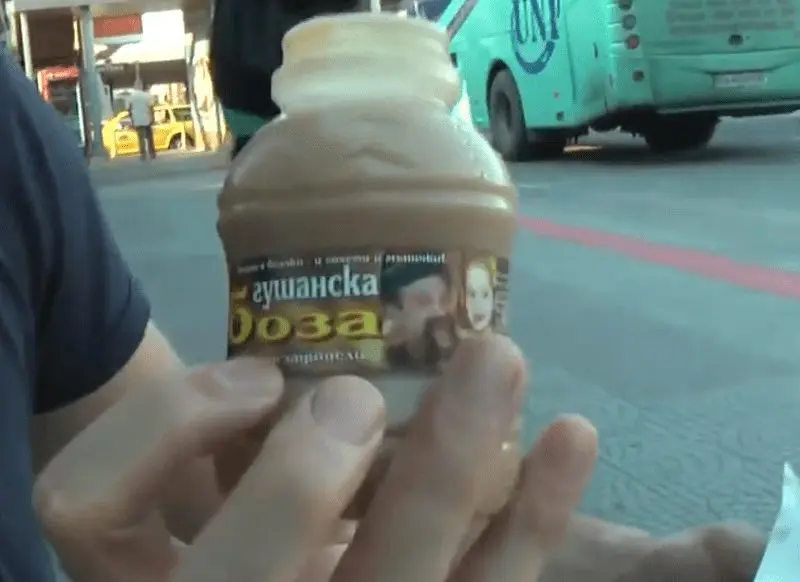
Cooking buza at home – a recipe from hercules
The simplest, most affordable and common recipe for making Bashkir buza. Initially, whole oats were crushed in the recipe, which were steamed in a special way, fried and ground, but now it is quite possible to get by with oatmeal – the manufacturer has already done all the preparatory work for us.
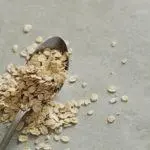
- oat flakes “Hercules” – 600 g
- butter – 100 g
- wheat flour – 50 g
- sugar – glass
- baker’s yeast – 3-5 g
- water – 6-7 liters
Grind oatmeal in a blender or coffee grinder into fine flour. Add wheat flour. Melt the butter over high heat, pour boiling into the dry mixture, pour two cups of boiling water. Mix everything thoroughly until a homogeneous slurry is formed, wrap and leave for half an hour. After that – open and add another 2 liters of warm water, mix the sugar again thoroughly and add the yeast. After two to four hours, the mass should begin to “show signs of life” – foam, exude a sour smell. When this happened, add the rest of the water to the drink, mix, cover with gauze and rearrange in a warm place for 24-32 hours. After that, the buza must be separated from the grains – the remnants of flour, spilling it through cheesecloth or dense fabric, and rearranged in a cold place to stop fermentation. You can add sugar to taste. If you pour the booze into corked bottles, it will become slightly carbonated, like kvass. Ready!
How to make booza drink from bulgur
A more complex and interesting version of the buza, whose homeland is the Balkans and Turkey, something similar is being prepared by the Albanians to this day. The recipe uses yogurt – you need to take exclusively unsweetened and not pasteurized, best of all – homemade, on sourdough, since this ingredient should start lactic fermentation in the drink.
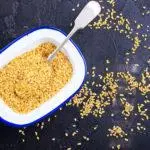
- bulgur – 2,5 cups
- water – 4 liters
- wheat flour – 2 tbsp.
- sugar – 450 g
- pure yogurt – 125 g
- yeast – 2,5 g
- vanilla sugar – 5 g
- cinnamon – for serving
There is nothing particularly complicated in the recipe either. We take 2.5 liters of clean water and soak the bulgur overnight, for 10 hours. After that, put it on the fire and slowly cook for 2 hours. Now the mixture needs to be crushed with a smaller submersible blender and filtered in any convenient way, and the grains – that is, strained cereals – should be poured with all the remaining water and put back on the stove, boiled for another hour, after which – filtered again. We no longer need the shot, there is nothing of value left in it.
We make a primitive sourdough from wheat flour – boil it with a small amount of water to a creamy consistency, dissolve the sugar, let it cool to 30 degrees and add the yeast. Half an hour later, when the yeast has started to work, pour the whole thing into bulgur broth, send yogurt and vanilla sugar there. After two days of exposure at room temperature, everything is ready! It is best to store the booze in the refrigerator so that it does not continue to “buzz”, that is, to wander.
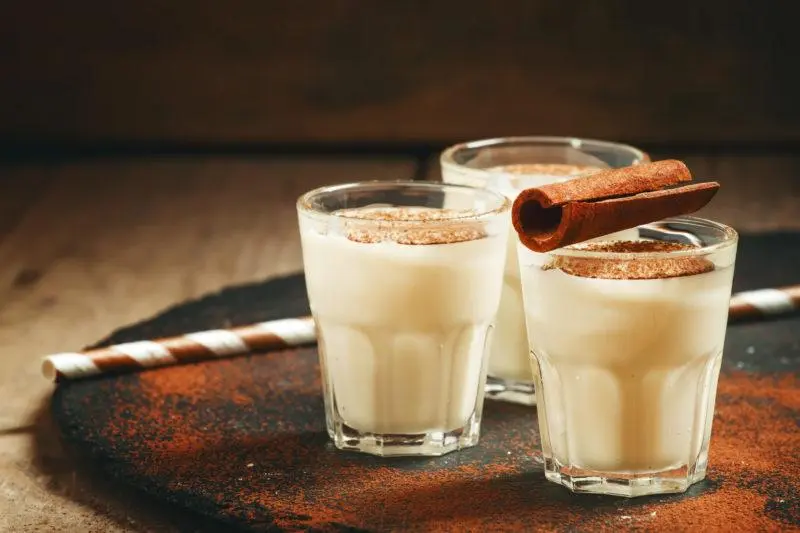
Bouza recipe from millet – Crimean version
A modern recipe for the Buza drink, which is still used by the Azov Greeks, evicted from the Crimean peninsula in the XNUMXth century. By the way, the very word “buza” most likely comes from the ancient Iranian name of millet, and this is precisely millet. So this option is probably the most correct in terms of the composition of cereals.

- water – 18 liters
- washed millet – 1,2 kg
- wheat flour – 0,5 kg
- yeast – 100 g
- sugar – to taste
Pour millet with three liters of water, put on a slow fire and cook until the porridge is boiled. In the process, we take flour and pour a couple of liters of boiling water, mix and cool. We breed yeast in half a liter of water with a couple of tablespoons of sugar, mix and pour into the flour mixture, again mix everything thoroughly and leave at room temperature for 4 hours, after which we pour it into boiled and cooled millet porridge. We put the whole thing on fermentation for another 12 hours.
We shift the fermented mass into a sieve or a large colander and rinse with the remaining water according to the recipe to wash everything out of it, except for hard grains. We additionally squeeze the pellet, and then throw it away. We add sugar to the liquid to taste, leave to ferment in a warm place for another 12-18 hours, after which we move it to a cold place. Ready!
Turkestan buza from millet malt and rice flour – no yeast
The only millet and rice bouza recipe to date that does not use yeast. I doubt that you will specifically germinate millet malt before making buza, so we just take any green non-fermented malt that comes to hand.

- coarse rice flour – 3 kg
- water – 9 liters
- Butter – 300 g
- malt – 800 g
To begin with, rice flour must be diluted with three liters of water and boiled until a thick “paste” is formed. The mass must be cooled, covered with a towel and kept at room temperature for three days. After that, a pan or cauldron is taken, the walls of which are carefully lubricated with butter – this must be done, firstly, for the correct consistency and taste of the future bouza, and secondly, so that the rice does not burn. We add all the rice “porridge” and three more liters of water to the container, bring it to a boil again and, stirring thoroughly, cook for another hour.
Pour water into the mass until it reaches the consistency of thick sour cream – about 3 more liters will be needed. The mixture should cool to a temperature of 60-70 degrees, after which crushed malt can be added to it. Mix everything thoroughly, wrap and leave for another hour, then cool, cover with gauze and leave for two days for fermentation. Now the almost ready bouzou needs to be filtered from the grains and moved to the refrigerator. In a slightly carbonated form, this drink will be even tastier!
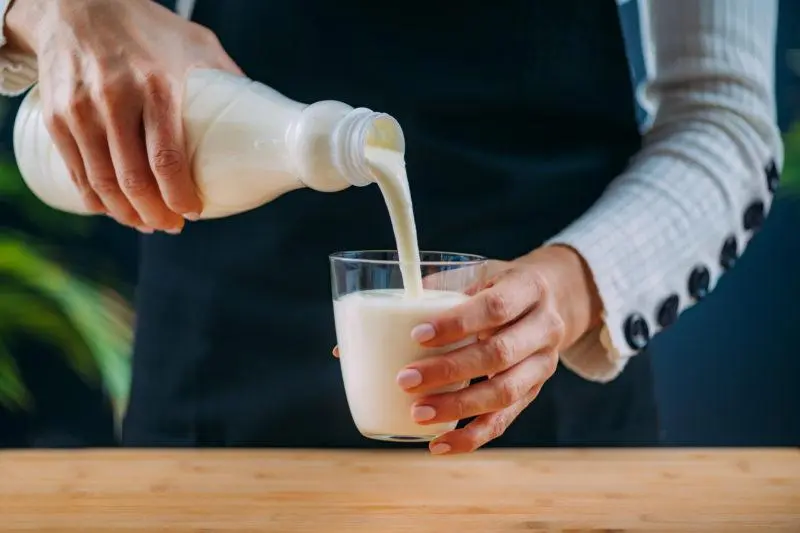
As we can see, all today’s buza recipes at home are quite reproducible, in fact it is something between making beer and kvass. The most important thing is that if you are taking your first steps towards brewing, you can practice working with grain crops, gain invaluable experience, and besides, a “by-product” is a tasty, healthy, tonic drink!









